Solutions
Email Marketing
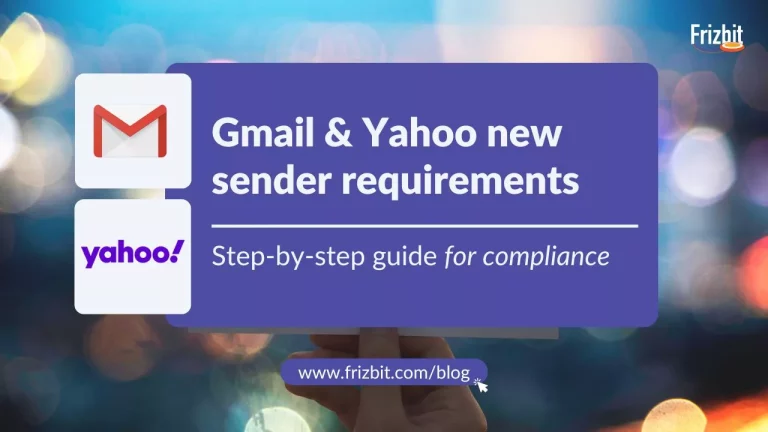
Gmail & Yahoo new sender requirements – Step-by-step guide for compliance
31 January 2024
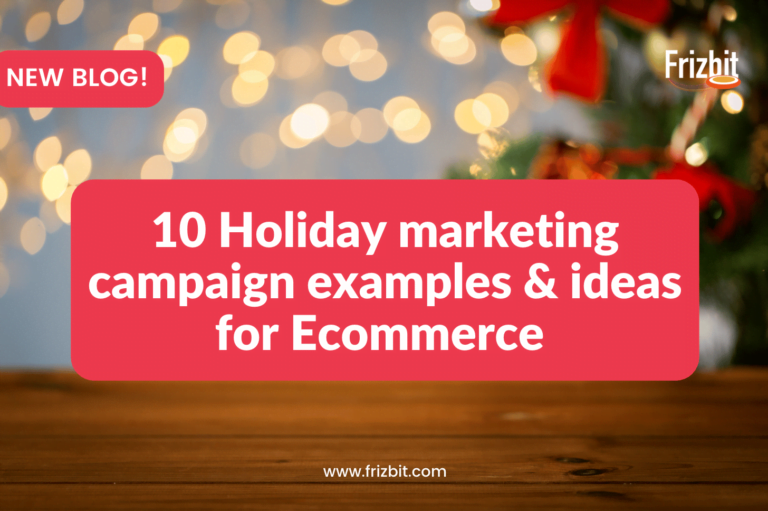
15 Holiday marketing campaign examples & ideas for Ecommerce success [2023/24]
13 December 2022
Best Email Marketing Campaigns: Types and Examples
9 December 2022
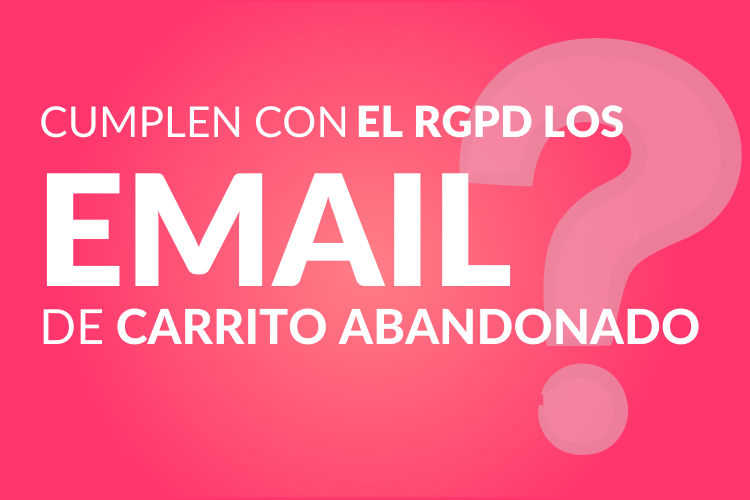
Are Cart Abandonment Emails GDPR Compliant?
13 May 2021

Multi-Channel Marketing Strategy Orchestration
7 April 2021
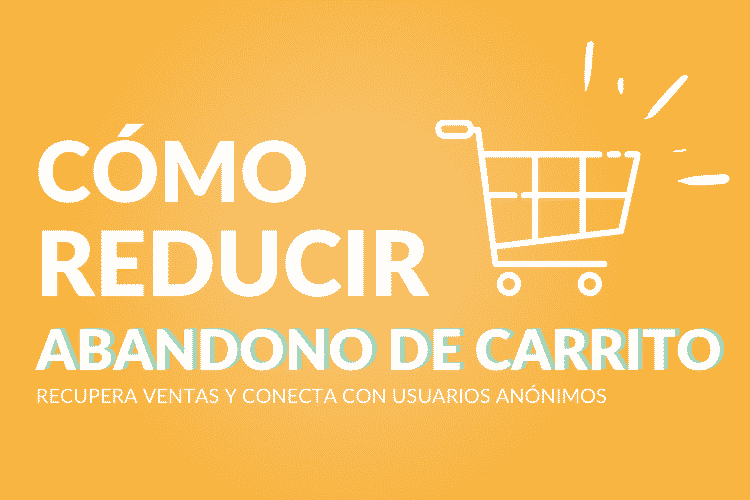
Cart Abandonment Recovery Strategies for E-commerce – Recover Lost Sales
22 March 2021
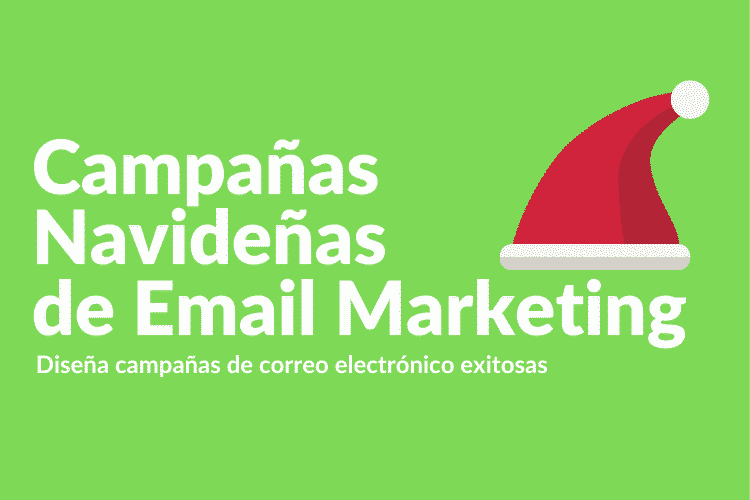
Tips for a Successful Holiday Email Marketing Campaign
15 December 2020
